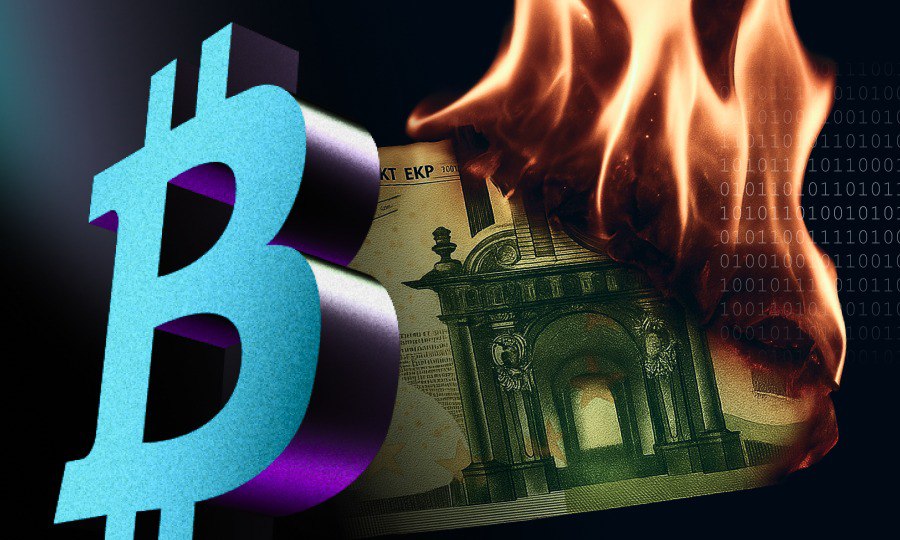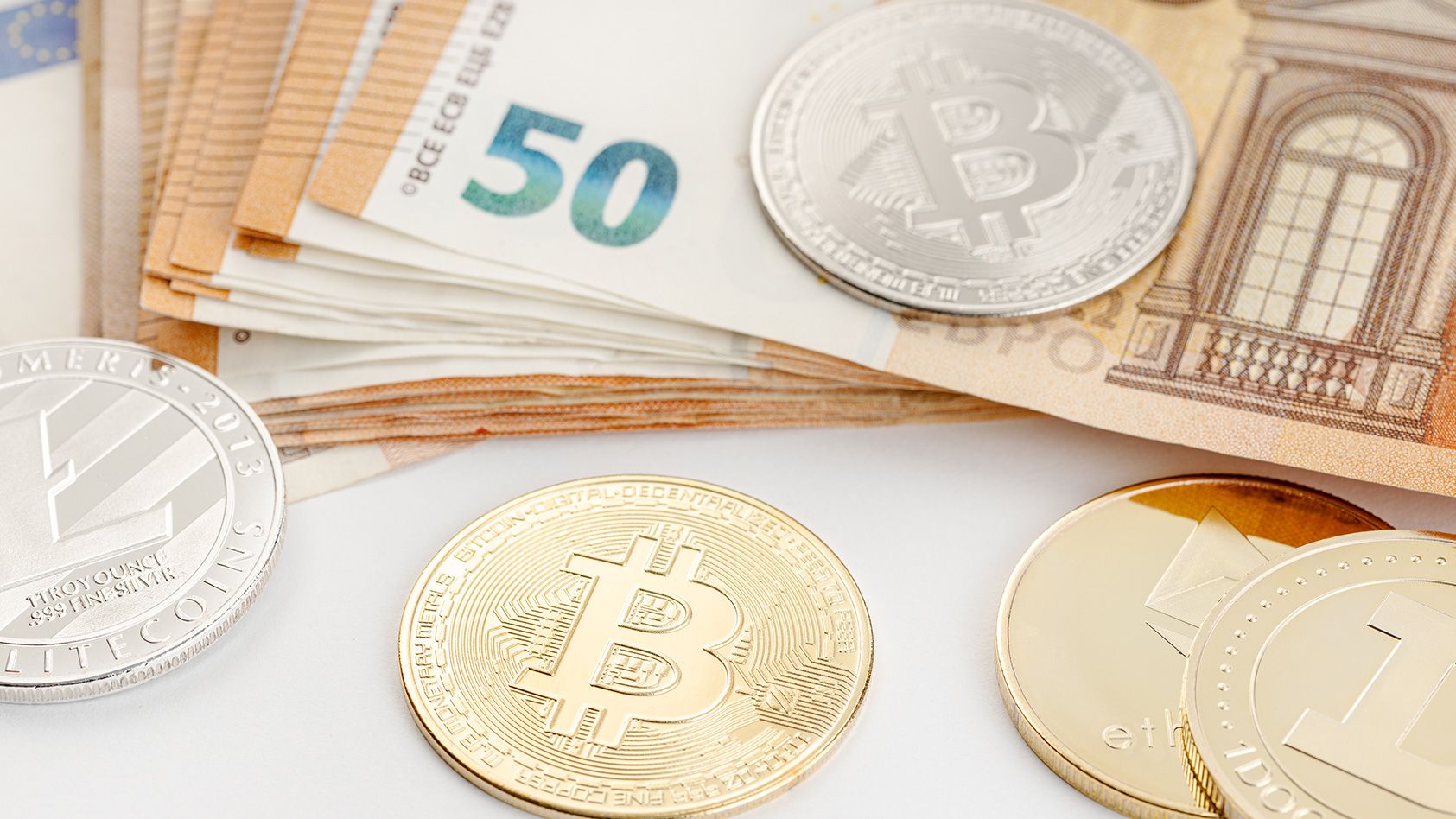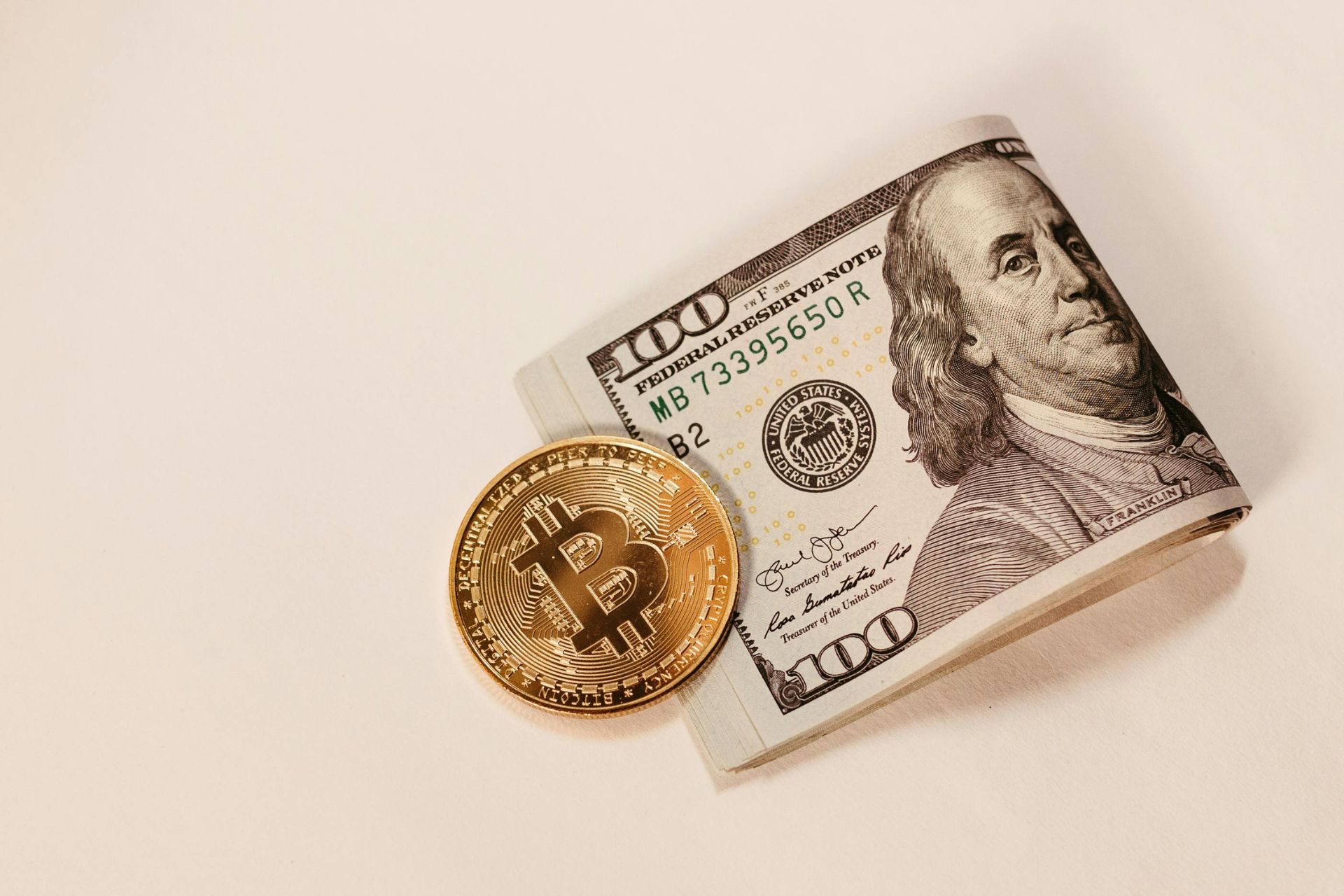
Deflation in Cryptocurrencies: What is it and How Does it Differ from FIAT?
Deflation is the economic phenomenon characterized by a widespread and sustained decrease in the prices of goods and services over a prolonged period.
But, is Bitcoin deflationary or not? According to Forbes, an increase in a currency’s purchasing power correlates with deflation. Now, Bitcoin’s purchasing power, or price in USD, has increased from USD 0.0009 in 2009 to around USD 111,000 in 2025. This would indicate, at first glance, that BTC is a deflationary currency.
However, Bitcoin is not deflationary in its supply, or at least not yet; one day the halving of Bitcoin’s reward program will end. At that moment (which will be new, unknown territory), we could speak of deflation in BTC. Bearing this clarification in mind, we can continue.
Deflation in Cryptocurrencies: Definition and Practical Examples
In the context of cryptocurrencies, deflation means that the supply of a cryptocurrency decreases over time, which increases its value due to scarcity. This is notable for investors because it can act as a store of value, while for users, it can be an attractive feature that could make their investment worth more over time.
For example, the deflationary nature of Bitcoin contains two primary rules:
- A total of only 21 million coins will be issued.
- Every four years there is a 50% reduction in the bitcoin reward that miners receive for validating blocks. This reduction is called halving.
In addition to this, it must be considered that both hoarding and user adoption cause the value to keep increasing. On the other hand, Ethereum is not deflationary, but it aims to be. And for that, it implemented a token burn since 2021 and reduced its emission level by moving from mining to “Proof of Stake” in 2022.
In fact, the Ethereum token burn is based on eliminating a portion of the transaction fees paid by network users. It is a model based on activity: the more use Ethereum has, the more ETH is burned.
Although the burn had good results between 2023 and 2024, currently the Ethereum supply is 0.12% above 2022 levels. That is to say, for now, ETH is inflationary from the point of view of the stock, which is 120.69 million ETH.
Comparison with the Traditional FIAT System
Fiat currencies, issued by states and central banks and backed by trust in their value as a means of payment, are at the opposite extreme from deflationary cryptocurrencies.
Governments have the power to issue without real backing and at their will. Since most of them do so, people’s money becomes more and more devalued. Yes, even currencies considered “strong”, like the euro and the dollar, suffer inflation.
By the way, fiat money is convenient for everyday payments, but for savings or investments, choose wisely. Because the money you hold today may lose its value tomorrow.
Faced with this situation, some cryptocurrencies are a way to protect savings and cope with the loss of purchasing power. Very importantly, one must be aware of the qualities and functioning of those we decide to use.
|
Type of Currency |
Basis of Value |
Examples |
| Fiat Money | Public trust and State control. Issued by central banks and backed by the country’s economy. | Ruble: depends on oil and Central Bank policy.
Dollar: world reserve currency. Euro: currency of 20 EU countries. |
| Digital Money | Based on blockchain and algorithms. Decentralized, limited in issuance, supply and demand form the price. | Bitcoin: the first cryptocurrency, limited to 21 million coins.
Ethereum: supports smart contracts and DeFi. |
Common Inflation in FIAT Currencies: Unlimited Money Issuance, Loss of Purchasing Power
Since fiat currency is not backed by a commodity, but by a certain dynamism of the economic system, when fiat money is issued without a corresponding increase in economic production, it can lead to an excess of money in circulation. This excess supply can decrease the currency’s purchasing power, resulting in inflation, where the prices of goods and services increase.
In itself, the excessive printing of fiat currency can lead to inflation, eroding purchasing power and potentially resulting in hyperinflation if not controlled. This can destabilize the economy and affect savings and investments.
If citizens lose faith in the currency or in the government’s ability to manage the economy, this can lead to a lack of acceptance of the currency. This could result in a currency crisis where people might prefer to use alternative forms of money, such as foreign currencies, commodities, or cryptocurrencies.
Examples of Inflation in FIAT
History is full of examples where uncontrolled issuance of FIAT money has caused extreme inflation, known as hyperinflation.
|
Country and Currency |
Key Period | Notable Maximum Rate |
Consequences |
| Hungary (Pengő) | Aug 1945 – Jul 1946 | Reached a world record of 41.9 trillion percent monthly inflation. | The Pengő lost all its value. The government had to issue banknotes with extremely high denominations. |
| Germany (Mark) | 1921 – 1923 | Inflation reached 29,500 percent monthly in October 1923. | People used banknotes as fuel. It led to the collapse of savings and extreme social and political instability. |
| Zimbabwe (Zimbabwe Dollar) | 2007 – 2008 | Reached a monthly hyperinflation of 79.6 billion percent in Nov 2008. | The government had to issue a 100 trillion Zimbabwe dollar banknote. The population ended up using foreign currencies (like the US dollar) to trade. |
| Venezuela (Bolívar) | 2017 – 2022 | Experienced prolonged periods of hyperinflation (more than 40 months). | Excessive money printing to finance public spending caused the currency to constantly devalue, leading to the informal dollarization of the economy. |
How Does FIAT Money Inflation Affect the Economy?
- Loss of purchasing power.It is the most direct impact. When prices rise across the board, the same amount of money can buy fewer goods and services. This means your money loses real value.
- Destabilization and reduced confidence.High inflation or hyperinflation causes citizens to lose faith in the national currency and the government’s ability to manage the economy.
- Impact on investments and personal finances.Inflation benefits debtors, as the real value of the money they have to pay back decreases over time. It reduces the real profitability of financial investments. It can increase mortgage and personal loan interest rates and deteriorates the value of long-term pension plans and insurance.
Can Inflation Exist in Cryptocurrencies? How?
Yes, from a technical point of view even Bitcoin is exposed to inflationary pressure the more it is mined (just like gold). But due to the fact that the amount of new bitcoins is automatically reduced by 50% every four years, Bitcoin’s inflation rate will also decrease.
- Continuous emission mechanism.The main cause of inflation is the continuous issuance of new coins as a reward for mining or validation, without an upper limit or with a creation rate higher than demand.
- Mining/staking rewards:In networks that use Proof of Work or Proof of Stake, new coins are created to reward participants who secure the network.
- Unlimited Supply.If a cryptocurrency’s protocol does not set a maximum limit on the total number of coins that can exist, its continued issuance will inevitably lead to inflationary pressure.
- Ethereum (before The Merge).After its transition to Proof of Stake and the implementation of the EIP-1559 mechanism, Ethereum’s net issuance was drastically reduced.
- In contrast to inflationary coins, Bitcoin is designed to be deflationary in the long term due to its predictable and strict monetary policy:Only 21 million bitcoins will exist. Every four years, the reward for mining new blocks is halved.
- Hypothetical example of an inflationary currency.Imagine a cryptocurrency called “TycoX”:
- Emission rule:The protocol issues 100 new TycoX per minute to validators, without a limit on the total supply.
- Initial Supply:1,000,000
- Calculation:In one year, 52,560,000 new TycoX would be created. The initial supply of 1 million tokens would increase by more than 52 times in one year.
- Effect:The money supply would increase exponentially, causing immediate hyperinflation, where the value of each existing TycoX would rapidly devalue to almost zero.
What are the Implications of Inflation and Deflation in Cryptocurrencies?
When a cryptocurrency has certain deflationary tendencies, its scarcity can generate greater asset accumulation rather than circulation. If investors anticipate that a token’s value will increase due to its limited supply, they may prefer to hold it long-term rather than spend it, which affects its use as a medium of exchange. This is observed in Bitcoin, where a large portion of the supply is held by investors who see it as a store of value, similar to digital gold.
However, excessive deflation can also affect the adoption of a cryptocurrency for daily transactions. If users expect its value to keep increasing, they may postpone its use for purchases or payments, which limits its function as a currency. This has been a challenge in projects seeking to use cryptocurrencies as payment methods in the real economy.
Deflation: How Does It Attract Investment and Increase the Currency’s Value?
Deflation, which implies a sustained fall in prices, has the direct effect of increasing the currency’s value and increasing the purchasing power of savings and fixed-income investments. This phenomenon attracts investment in the form of savings, as investors expect their money to be worth more in the future.
Despite this, excessive deflation carries serious economic risks: it discourages consumption and business investment, which oppresses overall liquidity. Furthermore, the decrease in nominal business and personal income increases the real burden of debts, potentially leading to a vicious cycle of recession, bankruptcies, and unemployment, known as a deflationary spiral.
In contrast, moderate inflation precisely seeks to avoid this deflationary spiral. By slightly reducing the purchasing power of money over time, moderate inflation acts as an incentive for economic agents to use and invest their capital in the present, rather than accumulating it in cash. This boosts demand, consumption, and investment, fostering economic growth.
In summary, managing a currency’s supply is a delicate balance. Deflation increases the asset’s value and encourages saving, but in excess it paralyzes the real economy and increases the weight of debt. Moderate inflation encourages the movement of money and growth, while high inflation destroys the currency’s value and public confidence. The goal of monetary policies is to maintain that balance to ensure stability, network security (in the crypto case), and economic dynamism.
Differences Between Deflation and Inflation in Cryptocurrencies and FIAT, and How This Affects Their Use and Valuation
|
Characteristic |
Inflation |
Deflation |
| Definition | Sustained and widespread increase in prices. | Sustained and widespread decrease in prices. |
| Effect on money | Loses purchasing power. | Gains purchasing power. |
| Main causes | Expansion of money supply, increased demand, increase in production costs. | Fall in demand, excess production, restrictive monetary policies. |
| Impact on the economy | Can generate uncertainty if high, but a moderate level encourages growth. | Can slow down the economy and increase unemployment. |
| Example in cryptocurrencies | Issuance of tokens without a strict limit (some altcoins). | Bitcoin, due to its finite supply and periodic halvings. |








